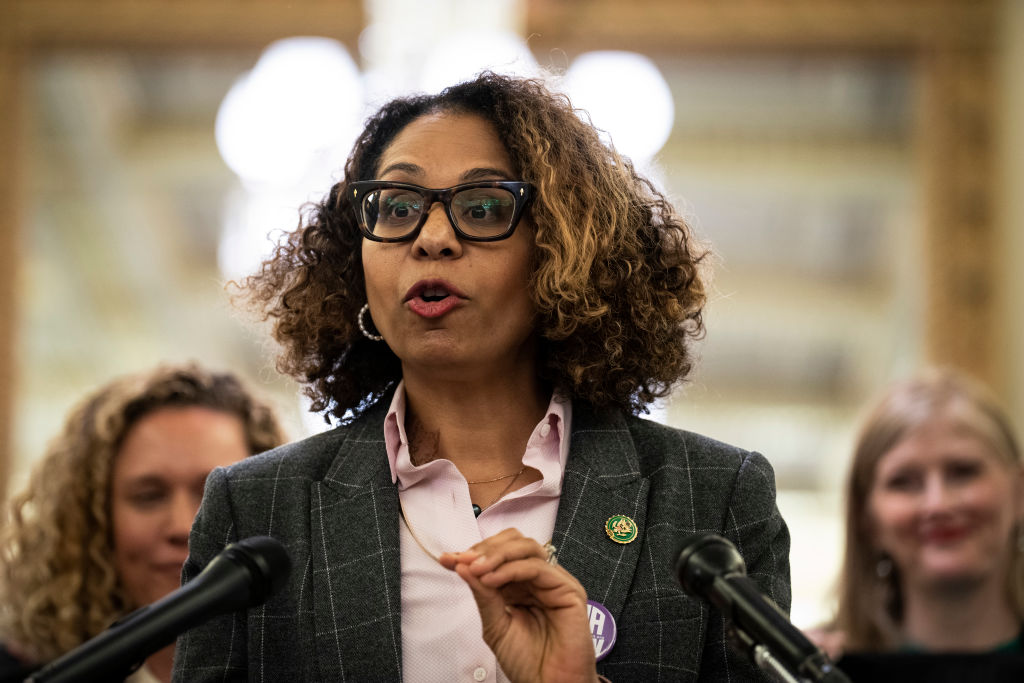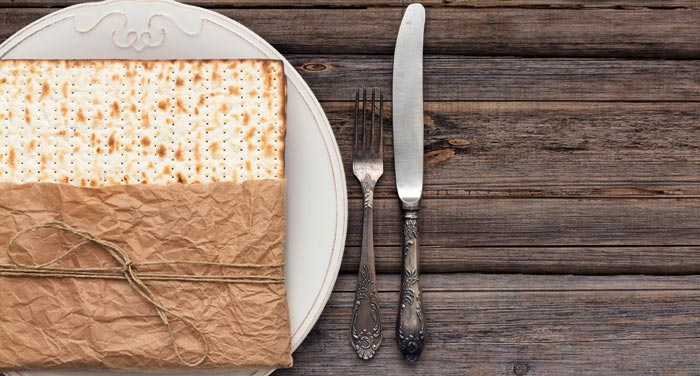Word went out from the congregation that a longtime member was nearing the end of her life. She has no partner and no children, but, on the day after Yom Kippur, 17 friends from the congregation came to visit her, including current and former clergy, and grown children she used to baby-sit.
“In whatever way it comes into our lives, we give thanks for the blessing of family,” we read each Friday night at our synagogue, after the candles are lit, part of our Shabbat blessing for family.
And in a congregation such as ours, where families take shape in a multitude of configurations — by birth (including surrogacy and sperm and egg donors); by adoption; by fostering; by shared parenting; by single parenting; by not parenting; bonded by choice, by coincidence or convenience; in loving pairs; in friendship groups; across generations; elders sharing housing — no one knows better than we do that there are many ways to create family, and that no bonds are stronger or deeper, more important or more sustaining.
In Parashat Noach, God instructs Noah to bring all the animals onto the ark two by two, l’mi-nai–hu (according to their kind/their species) (Genesis 6:20). Noah, his wife, their sons and their wives, and all the animals dwelt on the ark for over a year, long past the 40 days and 40 nights of rain, through the flooding and then the drying up. Even after the dove had returned with the olive branch and then disappeared, Noah and company remained on the ark, finally leaving it only when God told them to do so (Genesis 7:24-8:19).
The commentaries and midrash writers ponder the obvious questions: Why didn’t Noah emerge sooner from the ark? Why did he wait so long, even though he knew the ground had dried and plants had once again begun to grow? Why did God have to instruct him to leave the ark? Some say it was fear that God might bring another destruction, evidenced by the fact that Noah’s first act off the ark was to build an altar and make a sacrifice to God. Or perhaps it was guilt that he had left so many to die in the flood? Perhaps it was post-traumatic stress disorder, signified by the fact that Noah, once again on dry land, plants a vineyard and gets drunk (Genesis 9:20-21).
Let me pose a different scenario: Perhaps Noah liked it on board the ark, surrounded by his family. He knew what to do there. He had plenty of company. Despite the cartoon and movie versions, maybe everyone got along well, even the animals. After all, it wasn’t Noah alone who stayed on the ark. All the humans and all the animals stayed.
The animals, Torah tells us, board the ark l’mi-nai-hu, “according to their kind,” but when they leave the ark more than a year later, we are told they leave l’mishp’choteihem (with their families) (Genesis 8:19).
Midrash Rabah, an early collection of midrash, and the 11th century commentator Rashi suggest that during the year on the ark they were forbidden to “be fruitful and multiply” (presumably to prevent overcrowding on the ark), and that leaving “with their families” tells us there was no intermixing of species.
But suppose the opposite were true? Picture this: that the year on the ark was a very bonding experience for everyone on it, with lots of intermingling, not necessarily in a sexual way, but in a familial way.
Imagine this: that as the humans and the animals spent a year together in close quarters, all sorts of rearranging went on, with lots of relationships — families — constructed in all sorts of ways. You’ve seen the photos on the Internet – animals cuddling with other species (leopards and chimps, lions and lambs, sheep and pigs, humans and dogs). Suppose it happened on the ark as well. Families constructed not just by who was born to whom — not that there’s anything wrong with that way — but also deliberately by choice, by affinity, by hearts opening through compassion and instinct, by love and attachment growing stronger day by day. In other words, by every which way today’s “modern families” can imagine (and are experiencing) families being constructed.
Perhaps God placed a rainbow in the sky after the flood not only as a reminder of God’s covenant (ot habrit) with every living creature, for all ages to come (Genesis 9:8-17), but also as a symbol of the brilliant diversity of God’s many creations, including the human and animal impulse to create an assortment of families with whom to bond and loving communities in which to dwell.
Did you enjoy this article?
You'll love our roundtable.
Editor's Picks



What Ever Happened to the LA Times?

Who Are the Jews On Joe Biden’s Cabinet?


No Labels: The Group Fighting for the Political Center
Latest Articles


ADL: Antisemitic Incidents Increased 140% Last Year

Fun Haggadot for Passover













 More news and opinions than at a Shabbat dinner, right in your inbox.
More news and opinions than at a Shabbat dinner, right in your inbox.